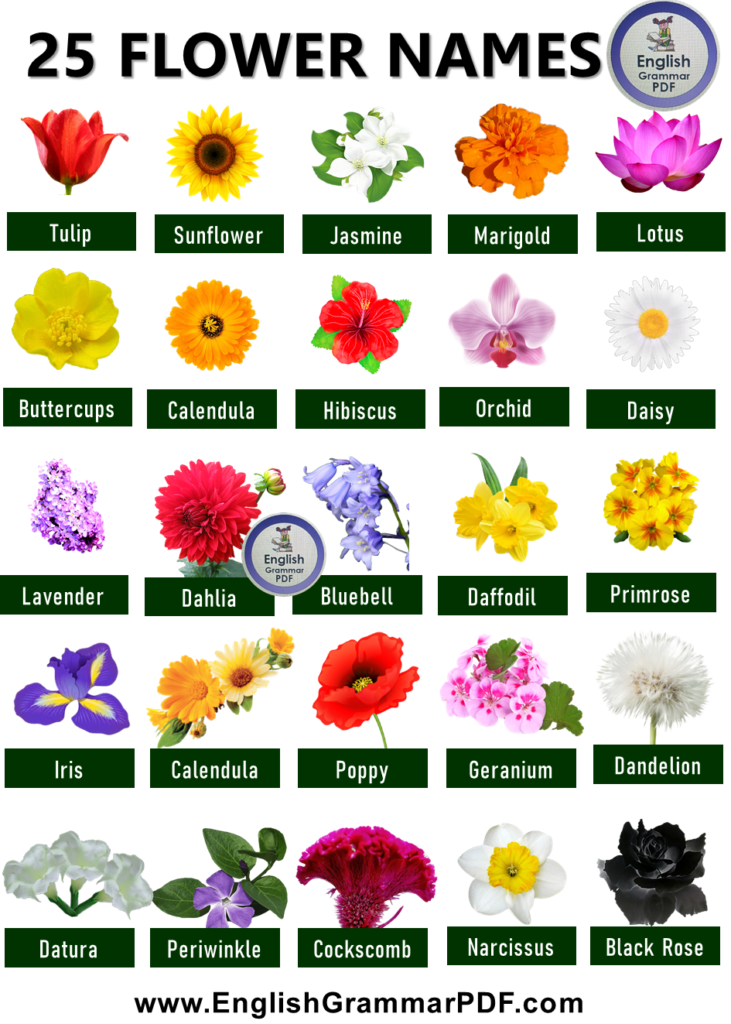Do you know the names of 100 different insects? I’ll be honest, I didn’t until I started researching for this blog post. But don’t worry, you don’t have to know them all by heart. Because I’ve compiled a list of 100 insect names and included pictures for each one. So whether you’re an insect enthusiast or just want to learn a few new things, this blog post is for you!
Do you like bugs? Most people seem to either love them or hate them, but no one can deny that they are fascinating creatures. In this blog post, we will take a look at 100 different names for insects in English, with accompanying pictures. So whether you’re looking to learn new vocabulary or just interested in learning more about these little critters, be sure to keep reading!
Moreover, Do you like insects? I do! In this blog post, you will find a list of 100 insect names in English with pictures. This list includes some of the most common insects, as well as some rarer ones. I hope you enjoy learning about these fascinating creatures!
List of 100 Insect Names
- centipede
- cockroach
- damselfly
- larva
- locust
- moth
- skipper
- thysanura
- blue morpho butterfly
- butterfly
- chrysalis
- darkling beetle
- earwig
- horse-fly
- praying mantid
- syrphid fly
- bees
- beetles
- bug
- flea
- grasshoppers
- praying mantids
- stink bug
- woolly bear caterpillar
- admiral butterfly
- cockroaches
- crane fly
- dragonfly
- planthopper
- pupa
- snail
- worm
- archaeognatha
- caterpillar
- mayflies
- mayfly
- pond skater
- stick insects
- true bugs
- wood nymph butterfly
- wood-borer
- bat bug
- beetle
- house fly
- nymph
- plant bug
- silverfish
- tiger beetle
- tsetse fly
- bee
- brown butterfly
- gossamer-winged butterfly
- imago
- lace bug
- maggot
- stag beetle
- walkingstick
- web-spinners
- antlions
- assassin bug
- cockchafer
- dragonflies
- hairstreak butterfly
- katydid
- meadowhawk
- scorpionflies
- wasp
- borer
- caddisflies
- fire ant
- fleas
- mantid
- midge
- monarch
- paper wasp
- spittlebug
- biting lice
- copper butterfly
- crickets
- dobsonflies
- grasshopper
- greenfly
- gypsy moth
- termite
- carpenter ant
- dung beetle
- horse fly
- luna moth
- praying mantis
- stonefly
- ulysses butterfly
- zebra swallowtail butterfly
- ambush bug
- aphid
- buckeye butterfly
- cicada
- fly
- metamorphosis
- spider
- water bug
 |
Bed Bug |
 |
Digger wasp |
 |
Louse fly |
 |
Red Velvet Mite |
 |
Flower Fly |
 |
Stink Bug |
 |
Praying Mantis |
 |
Grasshopper |
 |
Ladybug |
 |
Carpenter Bee |
 |
Common Housefly |
 |
Ant |
 |
Hornworm |
 |
Maggot |
 |
Goliath Beetle |
 |
House Centipede |
 |
Nepidae Wasp |
 |
Fly |
 |
Flying Termites |
 |
Indian Hornet |
 |
Orchid Mantis |
 |
Millipede |
 |
Bean Weevil |
 |
Spider |
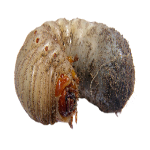 |
Grub |
 |
Fireflies |
 |
Mosquito |
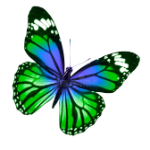 |
Butterfly |
 |
Moth |
 |
Cicada |
 |
Treehopper |
 |
Sphinx Moth |
 |
Locust |
 |
Scorpion |
 |
Dragonfly |
 |
Cockroach |
 |
Stonefly |
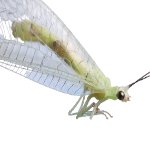 |
Lacewing |
 |
Earwig |
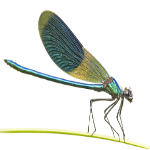 |
Damselfly |
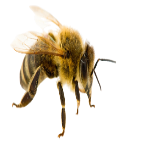 |
Honeybee |
 |
Flea |
 |
Mayfly |
 |
Mantid |
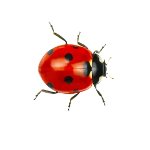 |
Red Bug |
Insect Names (Pictures and Details)
Bed Bug

Bed Bug is an insect that is known to suck human blood. Human bed bugs are reddish-brown in color and oval in shape. Each bed bug is about 4-5 mm long. Bed bugs can be seen with bare eyes.
Digger wasp

Digger wasps are often mistaken for bees. They eat their prey alive and don’t use them as a source of food or wax-like honeybees do. The digger wasp is mainly brown in color with yellow bands on the abdomen.
Louse fly

A louse fly is also known as the sheep ked. They are small black flies that appear during the summer months. Adult louse flies feed on the blood of animals. Their larvae develop in the sebaceous glands of their hosts’ skin, where they cause intense irritation and boils.
Red Velvet Mite

The red velvet mite is a member of the trombidiform mites. It has a bright red color and can be seen with bare eyes. It feeds on small animals including worms, ants, and other small insects.
Flower Fly

Flower flies are also known as syrphid flies. They are often mistaken for bees or wasps because of their black and yellow colors. However, they feed on nectar and pollen instead of insects like true bees do.
Stink Bug

The stink bugs are members of the family Pentatomidae. They release bad-smelling chemicals that act as a defense mechanism against predators. They are brown in color with triangular-shaped bodies.
Praying Mantis

The praying mantis is an invertebrate belonging to the family Mantidae. The adult mantids have elongated bodies, powerful jaws, and broad heads with large compound eyes. Their colors range from pale green or brown to bright green, pink, and even blue.
Grasshopper

Grasshoppers are insects with long hind legs. They have wings but they don’t use them to fly. The colors of grasshoppers vary greatly depending on species and range from green, yellow, brown, and red.
Ladybug

Ladybugs are beetles belonging to the family Coccinellidae. Ladybugs feed on small insects like aphids and mealy bugs. They are also known as ladybirds, lady beetles, or ladybird beetles. They come in different colors like red, orange, yellow, black or white with black spots on their wings.
Carpenter Bee

The carpenter bee is not a true bee but it does produce honey. The female carpenter bees bore holes in wood to lay their eggs. They are black in color with yellow marks on the abdomen.
Common Housefly

Common houseflies are known for being carriers of diseases that affect humans and animals. They are 6-7 mm long, have red eyes, and have four dark stripes on the thorax.
Ant

Ants are social insects and live in colonies with a single queen. They feed on the fluids of plants and animals, which they store as sugary honeydew. Ants can be found all over the world but there are 240-600 ant species that exist only in Hawaii.
Hornworm

Hornworms are large green caterpillars of sphinx moths. They feed on plants like tomatoes, tobacco, and potatoes. They have a red-tipped horn at the posterior end of their bodies which they use to scare away enemies.
Maggot

Maggots are the larvae of flies. They have a soft body, no legs, and their main source of food is decomposing flesh. They turn into adult flies in about 20 days.
Goliath Beetle

Goliath beetles are large insects that belong to the genus Goliathus. They are larger than most other insects with one recorded specimen being 7.5 inches in length and weighing 2 oz.
House Centipede

The house centipede is a predatory arthropod that feeds on many common household insects like ants, cockroaches, spiders, and termites. It has long antennae and legs as well as venomous claws at the end of each leg.
Nepidae Wasp

Nepidae wasps are part of the sub-family Nepinae. They are known for their peculiar nests which resemble floating bubbles. They feed on small animals like caterpillars, spiders, and other insects. Females sting their prey to paralyze them before feeding their young to provide a high-protein meal.
Fly

Flies are insects with small bodies. They have one pair of wings and two pairs of legs. Their colors vary from species to species but most fly species are black, brown, or gray.
Flying Termites

Flying termites are also known as alates or swarmers. They emerge from the colony when it’s time to reproduce and fly off in search for a new home.
Indian Hornet

Indian hornets are also known as giant hornets. They are large wasps with dark brown to black bodies and yellow markings on the abdomen.
Orchid Mantis

Orchid mantises belong to the genus Hymenopus which consists of 12 species. They camouflage themselves with petals that resemble their own colorful bodies for protection against predators.
Millipede

Millipedes are arthropods with cylindrical bodies. They have two pairs of legs in each segment, which gives them the name “diplopoda” meaning “double foot”.
Bean Weevil

The bean weevil is a small dark brown beetle that feeds on beans, peas, and seeds. They are considered agricultural pests since their larvae destroy stored grains.
Spider

Spider species vary in appearance but most have two body segments with eight legs. Their silk glands produce silk which they use to build webs for protection or to capture prey.
Grub

Grub is the term to describe the young of certain insects. They are worm-like in appearance usually lacking legs. Grubs are similar to caterpillars since they feed on vegetation to grow before turning into adults
Fireflies

Fireflies are beetles that use their bioluminescent abdomens to attract mates during mating season. They can be found near swampy areas or grasslands at night.
Mosquito

Mosquitoes are delicate insects with long, slender bodies. They have long legs and wings as well as needle-like mouthparts for cutting into skin to suck blood. This makes them major vectors of disease since they transfer pathogens to their victims.
Butterfly

Butterflies are insects with colorful wings and bodies. They have a knob-like structure called the proboscis for drinking nectar from flowers as their source of food as adults.
Moth

Moths are winged insects like butterflies. They come in different sizes and colors with some having scales that cover their bodies while others do not. Moths fly at night and rest during the day.
Cicada

Cicadas are insects known for their extremely loud sounds. They have three pairs of legs as well as two pairs of wings with transparent covers. Cicadas feed on plant sap using their piercing mouthparts.
Treehopper

The treehoppers are insects that have a pear-shaped body that is green, tan, or brown in color. They can be found on twigs and branches of trees or weeds where they feed on sap.
Sphinx Moth

The Sphinx moth is a large, heavy-bodied moth with narrow wings. They are known for the unusual way they look during flight since their forewings are much narrower than their hind wings.
Locust

Locusts are grasshoppers with long hind legs that enable them to jump great distances. They spend most of their lives in large groups known as swarms when they eat plants and breed constantly until the conditions are right for migration.
Scorpion

Scorpions are arachnids with a segmented body and a pair of pincers. They have four pairs of legs and an asymmetrical tail ending in a stinger. Scorpions can be tan, yellow, or red in color while some species glow under ultraviolet light
Dragonfly

Dragonflies are insects with four wings and large multifaceted eyes. They have long, slender bodies that they use to hunt for prey such as mosquitoes and flies.
Cockroach

Cockroaches are insects with a shiny, flattened body and long antennae. They belong to the order of Blattodea which consists of insects that resemble cockroaches. They are nocturnal in nature and eat almost anything organic.
Stonefly

The stoneflies are insects with two pairs of wings. The front wings are hard while the hind wings are soft which they use to fold over their body for protection when not flying.
Lacewing

The lacewings are delicate insects with large wings. They have a slender body and long antennae which they use for sensing prey. Lacewings are also predators since their larvae eat aphids, mealy bugs, thrips, whiteflies, mites, leafhoppers, fruit flies, cabbage loopers, bollworms, and caterpillars.
Earwig

Earwigs are insects with long, slender bodies and pincers at the end of their abdomen. They use these to defend themselves against predators but females also use them to protect their eggs.
Damselfly

The damselflies are small insects with large wings that they hold out while flying. Most species have bright colors on their wings and bodies that help identify them.
Honeybee

Honeybees are insects that make a substance known as honey from nectar gathered from flowers. They have hairy bodies and two pairs of wings with the front pair having small hooks which they use to carry pollen back to their hive.
Flea

Fleas are small, wingless insects that feed on the blood of their host. They have a laterally flattened body and a large hind pair of legs which they use to jump from the host into its surroundings.
Mayfly

Mayflies are insects with a single pair of delicate wings. They have a slender body and two long tails at the end of which is a pair of gills. Mayflies lay their eggs in water that hatch into nymphs which then emerge from the water before transforming into adults that fly away to mate and lay eggs.
Mantid

Mantids are insects with long, slender bodies and triangular heads. Mantid fly using their wings which they hold flat over the length of their body while at rest.
Red Bug

The red bugs are insects with broad, flat bodies and long legs. They pierce the plant cells of their host with their beaks which inject them with saliva containing toxins that paralyze their prey’s nervous system.



